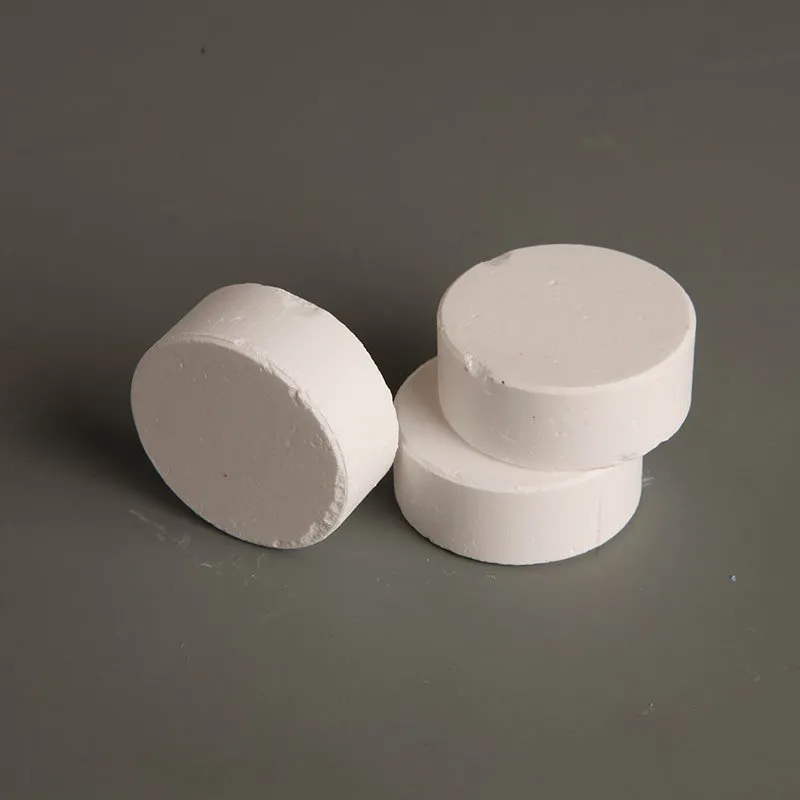



Chemical Solutions for Effective Cooling Water Management and Optimization Techniques
Cooling Water Treatment Understanding Chemical Choices
In industrial applications, cooling water systems play a crucial role in maintaining optimal operating temperatures and ensuring the efficient performance of machinery and processes. However, these systems are not immune to challenges such as scaling, corrosion, and biological fouling. To mitigate these issues, various chemicals are used in cooling water treatment. This article explores the types of chemicals used, their functions, and the importance of selecting the right treatment regime.
1. Scale Inhibitors
Cooling water systems often deal with the deposition of scale, which can accumulate on heat exchangers and piping, reducing efficiency and increasing energy costs. Scale is typically composed of minerals like calcium carbonate and silica. To combat this, scale inhibitors are introduced into the system. These chemicals, such as polyacrylic acids and phosphonates, work by either preventing scale formation or dispersing existing scale deposits. By maintaining a clean heat transfer surface, these inhibitors help ensure that cooling systems operate efficiently.
Corrosion is another significant challenge faced by cooling water systems, primarily due to the presence of dissolved oxygen and aggressive ions like chloride. Corrosion can lead to equipment failure and costly downtime. To protect against these effects, corrosion inhibitors are added to the cooling water. Chemicals such as chromates, molybdates, and organic inhibitors serve to form a protective barrier on metal surfaces, thereby minimizing the rate of corrosion. The choice of inhibitor often depends on the type of metal being protected and the specific environmental conditions of the cooling water system.
chemical used for cooling water

3. Biocides
Biological growth, including algae and bacteria, can dramatically impact the performance of cooling water systems. Such growth not only leads to fouling but can also create a favorable environment for the development of pathogens. To control microbial populations, biocides are utilized. Common biocides include chlorine, bromine, and non-oxidizing agents like isothiazolinones. It is crucial to monitor biocide concentrations carefully to balance efficacy and environmental impact, as excessive use can lead to negative ecological consequences.
4. pH Adjusters
The pH of cooling water is a vital parameter that influences both corrosion and scaling tendencies. Maintaining optimal pH levels is necessary for the effectiveness of other treatment chemicals. pH adjusters, such as sodium hydroxide or sulfuric acid, can be added to ensure that the water remains within an ideal range, typically between 6.5 and 8.5. Consistent monitoring and adjustment are required to accommodate changes in water quality and temperature.
Conclusion
The selection of chemicals for cooling water treatment is critical to the longevity and efficiency of cooling systems. Each chemical plays a specific role in preventing scaling, corrosion, and biological growth, ensuring that systems operate smoothly. As industries continue to seek sustainable and effective solutions, the development and application of innovative cooling water treatment chemicals will remain a focal point, balancing efficiency, safety, and environmental responsibility. Properly managed cooling water systems not only enhance operational performance but also contribute to overall sustainability efforts in industrial processes.
-
Why Sodium Persulfate Is Everywhere NowNewsJul.07,2025
-
Why Polyacrylamide Is in High DemandNewsJul.07,2025
-
Understanding Paint Chemicals and Their ApplicationsNewsJul.07,2025
-
Smart Use Of Mining ChemicalsNewsJul.07,2025
-
Practical Uses of Potassium MonopersulfateNewsJul.07,2025
-
Agrochemicals In Real FarmingNewsJul.07,2025
-
Sodium Chlorite Hot UsesNewsJul.01,2025










